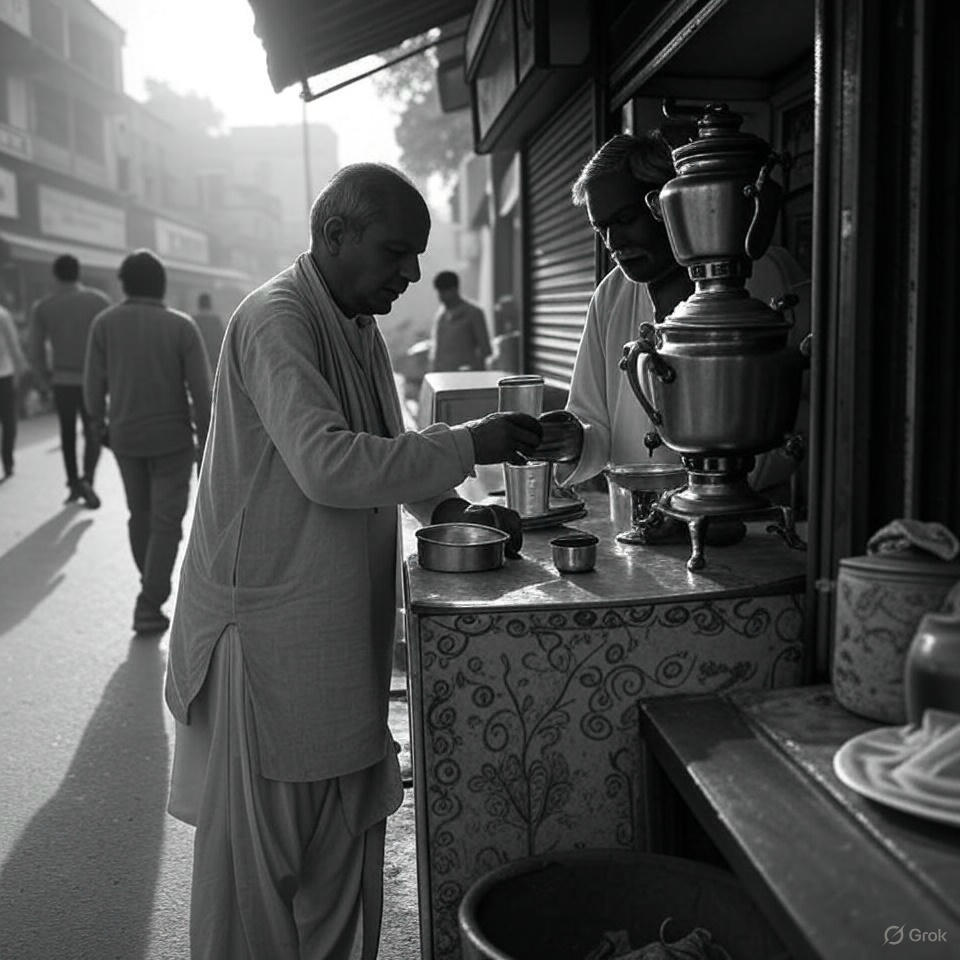Christmas, celebrated annually on December 25th, marks the birth of Jesus Christ, a central figure in Christianity. Originating as a religious observance, Christmas has evolved into a global festival embraced by people of various cultures and faiths. Rooted in themes of joy, giving, and unity, it is a time when family and friends come together to share love and celebrate life’s blessings. From carols and festive decorations to the tradition of exchanging gifts, the holiday encapsulates a spirit of generosity and goodwill.
While the religious significance of Christmas stems from Christian traditions, its contemporary form includes both sacred and secular elements. Many celebrate with beautifully adorned Christmas trees, lights, and nativity scenes that depict the story of Jesus’ birth. The festival also brings with it the enchanting figure of Santa Claus, a legendary character who symbolizes the joy of giving. Over time, Christmas has transcended its religious roots to become a cultural phenomenon that resonates with people worldwide.
How Did Christianity Get Introduced in India? The Roots and History
Christianity’s arrival in India is an intriguing tale of faith, trade, and cultural exchange, making it one of the earliest foreign religions to take root in the subcontinent. Its history spans nearly two millennia, deeply entwined with India’s vibrant social and cultural fabric.
The Arrival of Christianity: St. Thomas the Apostle
Christianity is believed to have been introduced in India by St. Thomas the Apostle, one of Jesus Christ’s twelve disciples, around 52 CE. According to historical and ecclesiastical traditions, St. Thomas traveled to the Malabar Coast, now part of modern-day Kerala. He established several Christian communities, known as the St. Thomas Christians, and built seven churches in regions such as Kodungallur, Palayoor, and Niranam. These early Christians, also called Syrian Christians, practiced a form of Christianity influenced by Eastern rites and Syrian traditions.
St. Thomas’s journey was not merely a spiritual mission but also a testament to the vibrant maritime trade routes that connected the Roman Empire, the Middle East, and the Malabar Coast. These routes facilitated the exchange of goods, ideas, and faiths, paving the way for Christianity’s initial spread.
Christianity During the Early Centuries
The early Christian communities in India lived harmoniously alongside Hindus, Buddhists, and Jews. They maintained their distinct religious identity while integrating into local cultural and social structures. The Indian Church followed the liturgical practices of the East Syrian Church and was closely aligned with the Patriarchate of Babylon.

Over the centuries, these communities flourished, blending local traditions with their religious beliefs. This unique amalgamation gave rise to a distinctly Indian form of Christianity that emphasized communal harmony and adaptation.
Portuguese Missionaries and the Latin Rite
The second major wave of Christianity in India began with the arrival of Portuguese explorers in the late 15th century. Vasco da Gama’s discovery of the sea route to India in 1498 marked the beginning of European colonial involvement in the region. Portuguese missionaries, particularly from the Jesuit order, played a pivotal role in spreading Christianity, particularly the Latin Rite, along the western coast.
St. Francis Xavier, one of the co-founders of the Society of Jesus (Jesuits), arrived in Goa in 1542. His efforts to spread Christianity among the local population were met with considerable success. The Portuguese introduced Roman Catholicism, built churches, and established institutions that became centers of religious and educational activities.
However, the Portuguese missionary efforts also caused tensions with the indigenous Christian communities, as they sought to bring the St. Thomas Christians under the authority of the Pope in Rome. The Synod of Diamper in 1599 was a controversial attempt to enforce Latin practices, leading to a division between the Syrian Christians and the newly introduced Latin Christians.
The British Era and Protestant Christianity
The arrival of the British in the 17th century marked another significant chapter in the history of Christianity in India. Protestant missionaries from Europe, particularly from Britain, Denmark, and Germany, arrived to evangelize and establish educational institutions. Notable among these were the efforts of the Church Mission Society (CMS) and the London Missionary Society.

Protestant missionaries focused on translating the Bible into regional languages, establishing schools, and engaging in social reform. Their work significantly contributed to education and social upliftment, especially among marginalized communities. For example, missionaries like William Carey, known as the “Father of Modern Missions,” translated the Bible into several Indian languages and worked tirelessly to abolish practices like sati.
Christianity in Modern India
Today, Christianity is the third-largest religion in India, with a vibrant and diverse community. Indian Christians belong to various denominations, including Roman Catholic, Protestant, and Eastern Orthodox traditions. The states of Kerala, Goa, Tamil Nadu, and the northeastern region have particularly significant Christian populations.
Christian institutions have played a crucial role in education, healthcare, and social reform, establishing schools, colleges, and hospitals across the country. Festivals like Christmas and Easter are celebrated with enthusiasm and have become part of India’s cultural mosaic.
Percentage of Christians in India and Globally
In India, Christianity accounts for approximately 2.3% of the population, translating to over 28 million people. This community is diverse, encompassing various denominations and cultural traditions.
Globally, Christianity is the largest religion, with about 31.2% of the world’s population identifying as Christian. This equates to over 2.4 billion adherents, spanning continents and cultures, making it a truly universal faith.
Christmas in India
In India, Christmas is celebrated with great enthusiasm, especially in regions with significant Christian populations like Goa, Kerala, and the northeastern states. However, its charm extends far beyond these communities. Urban centers across India light up with Christmas decorations, and malls, restaurants, and public spaces host events, creating a festive atmosphere.
Churches hold midnight masses, where hymns and carols are sung in celebration. Homes are adorned with star-shaped lanterns, Christmas trees, and cribs. Traditional Christmas delicacies like plum cake, roast meat, and wine feature prominently in festive meals. In Goa, the festivities include vibrant street parties and firework displays.
Children eagerly await presents, sometimes linked to Santa Claus, though the concept has a localized twist in India. Schools and organizations often organize Christmas plays, carol singing, and charity events to spread cheer.

FAQs About Christmas
Q: Why is Christmas celebrated on December 25th?
A: December 25th was chosen to coincide with Roman winter solstice celebrations and to honor the birth of Jesus Christ.
Q: What is the significance of the Christmas tree?
A: The Christmas tree symbolizes eternal life and is often decorated as part of festive traditions.
Q: Is Christmas a public holiday in India?
A: Yes, Christmas is a public holiday in India, celebrated across states with varying traditions.
Q: What is the origin of Santa Claus?
A: Santa Claus is inspired by Saint Nicholas, a 4th-century saint known for his generosity and kindness.
Myths and Real-World Examples About Santa Claus
Santa Claus, often depicted as a jolly man in a red suit, is a blend of myth, tradition, and cultural adaptation. The modern image of Santa owes much to the 19th-century works of American cartoonist Thomas Nast and Coca-Cola’s advertising campaigns. While Santa is mythological, his origins are rooted in real-life figures like Saint Nicholas of Myra, who was known for his acts of generosity.
One popular myth is that Santa travels around the world in a sleigh pulled by reindeer to deliver presents. While this idea is fictional, it has captured the imagination of children for generations. In reality, the concept of Santa inspires acts of giving. Many organizations and individuals play “Secret Santa” during Christmas, spreading joy through anonymous gift exchanges.
Conclusion
Christmas is more than just a celebration; it is a tapestry of faith, culture, and shared joy. In India, its observance showcases a unique blend of traditional and modern influences, uniting communities in the spirit of festivity. From attending midnight masses to sharing festive meals, the season fosters a sense of togetherness that transcends boundaries.
The introduction and growth of Christianity in India is a testament to the nation’s openness to diverse cultural and religious influences. From the apostolic journey of St. Thomas to the missionary zeal of European evangelists, Christianity has deeply impacted India’s social and spiritual landscape. Over two millennia, it has not only survived but thrived, adapting to the country’s pluralistic ethos while enriching its cultural and educational heritage. This enduring legacy underscores India’s unique ability to embrace and celebrate diversity.
While Santa Claus may exist in the realm of myth, his message of generosity and joy is very real. Whether it’s through giving gifts or participating in community service, Christmas reminds us of the importance of spreading love and happiness. As the world embraces this vibrant festival, it serves as a beacon of hope and unity in an increasingly divided world.
Curated Reads





